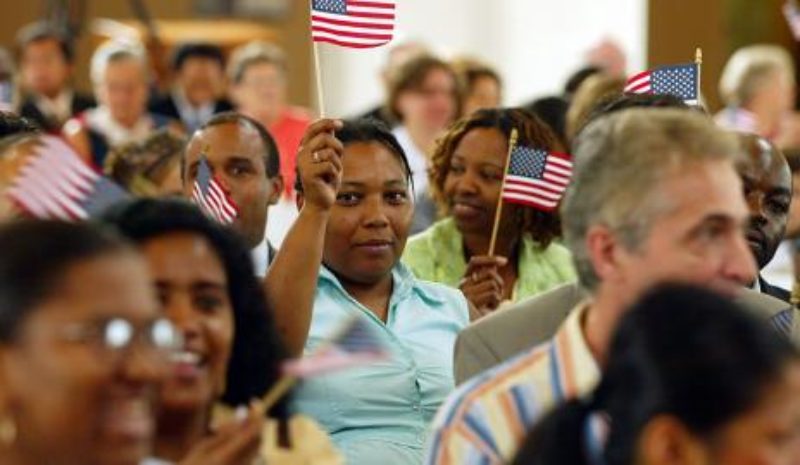
Human Trafficking: the Contemporary Form of Slavery

By Gen. Charles C. Krulak
Next year marks the 150th anniversary of the end of slavery in the United States of America. As such, 2015 provides an important opportunity for faculty engaged in teaching American history not only to highlight the wrongs perpetrated by many Americans, but to clarify how pivotal the elimination of slavery was to our democratic society. Educators may also use the sesquicentennial as a time to make students more aware of the scars the United States still bears as a result of the acts of bondage perpetrated against our African American countrymen and women. Like the rest of us in academe, most of our students will find it both unthinkable and revolting that any American ever believed he/she had the right to own another human being. As citizens of the 21st century, we consider ourselves to have the moral compass and social awareness that would propel us to action against such a violation of human rights. Yet we are allowing an equally heinous form of slavery to flourish today around the globe and in our own communities.
Human trafficking for sex and labor is the modern-day face of slavery, and according to published statistics, it has claimed 27 million victims worldwide. An estimated 800,000 new victims are added each year. This is a staggering number by any comparison, and yet reports show that fewer than 5,000 perpetrators have been convicted for these crimes. Human trafficking is the second largest criminal enterprise in the world after the drug trade, generating an estimated $150 billion in profits each year for those engaged in trafficking the victims.
